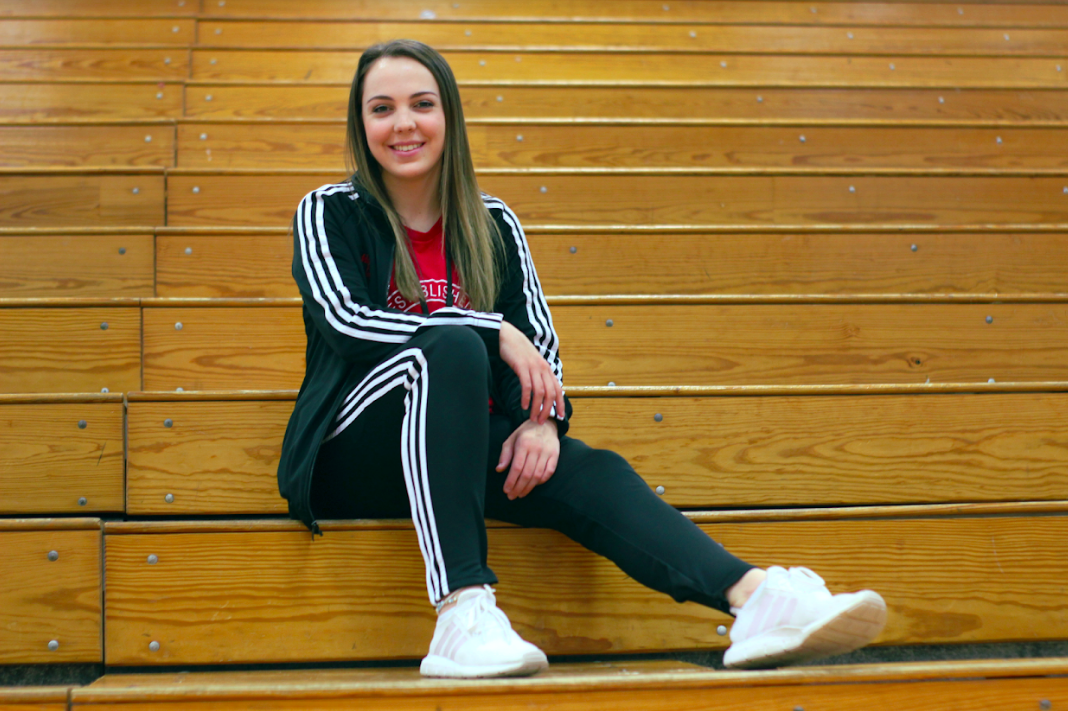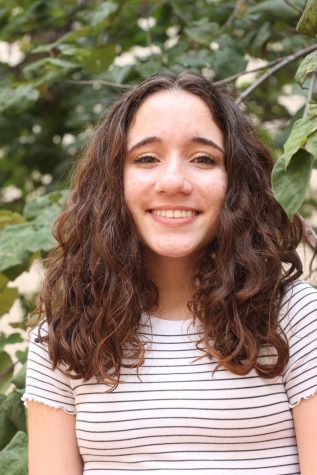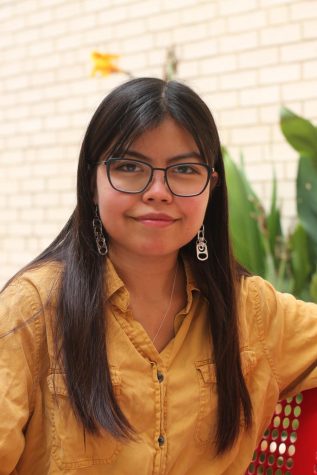There are only a couple days left to sign up to donate blood at the Marquette’s blood drive. The event will be on Nov. 2 from 8 a.m. to 3 p.m. in the Silver Gym. Anybody hoping to donate can sign up the day of the blood drive, but it’s better to do so in advance.
Senior and Marquette Service Officer Ashlyn Robbins started the blood drive after Marquettes Director Alice Dack encouraged her and the other officers to do a service project. It will be in honor of freshman Lily Aldred, who is currently fighting Leukemia and often needs blood transfusions.
“I just can’t imagine what her family is going through,” Dack said. “There’s only so much food you can give a family, there’s only so many restaurant gift cards. So to know we’re doing something that others cannot provide is very fulfilling.”
Donated blood will also go to local blood banks, which are currently struggling with a low supply. The amount of blood being donated often decreases in November as people’s schedules get busier with the holidays.
“I hope this can help as many people as possible and that it brings awareness to the necessity of donating blood,” Robbins said.
Additionally, local blood banks sent a large portion of their already limited stocks to El Paso after the recent shooting. When Aldred went in to get one of her regular transfusions, the hospital only had one bag of her blood type left, which was being saved in case of an emergency. She then had to be put in quarantine for her own safety after the missed procedure. When Robbins’ mom told her about Aldred’s experience, she knew she had to help.
“It’s kind of taken from people in areas where it’s not as urgent so I’m trying to restock for that and reach not just for Lily, but for other patients as well,” Robbins said.

Senior and Marquette Service Officer Ashlyn Robbins decided to start the blood drive after hearing about freshman Lily Aldred, who is the daughter of one of her mom’s friends. Aldred is currently battling Leukemia.
Robbins decided to start the blood drive in early September. She spent the last two months taking care of everything to make her goal a reality, from contacting Carter Blood Care to getting the blood drive approved by administration and promoting it.
Dack and Robbins are hoping to have at least 100 people donate blood, which could save up to 300 lives.
“When you put a face and a name with that donation, it kind of makes it easier to move past the scary part of donating blood,” Dack said.








